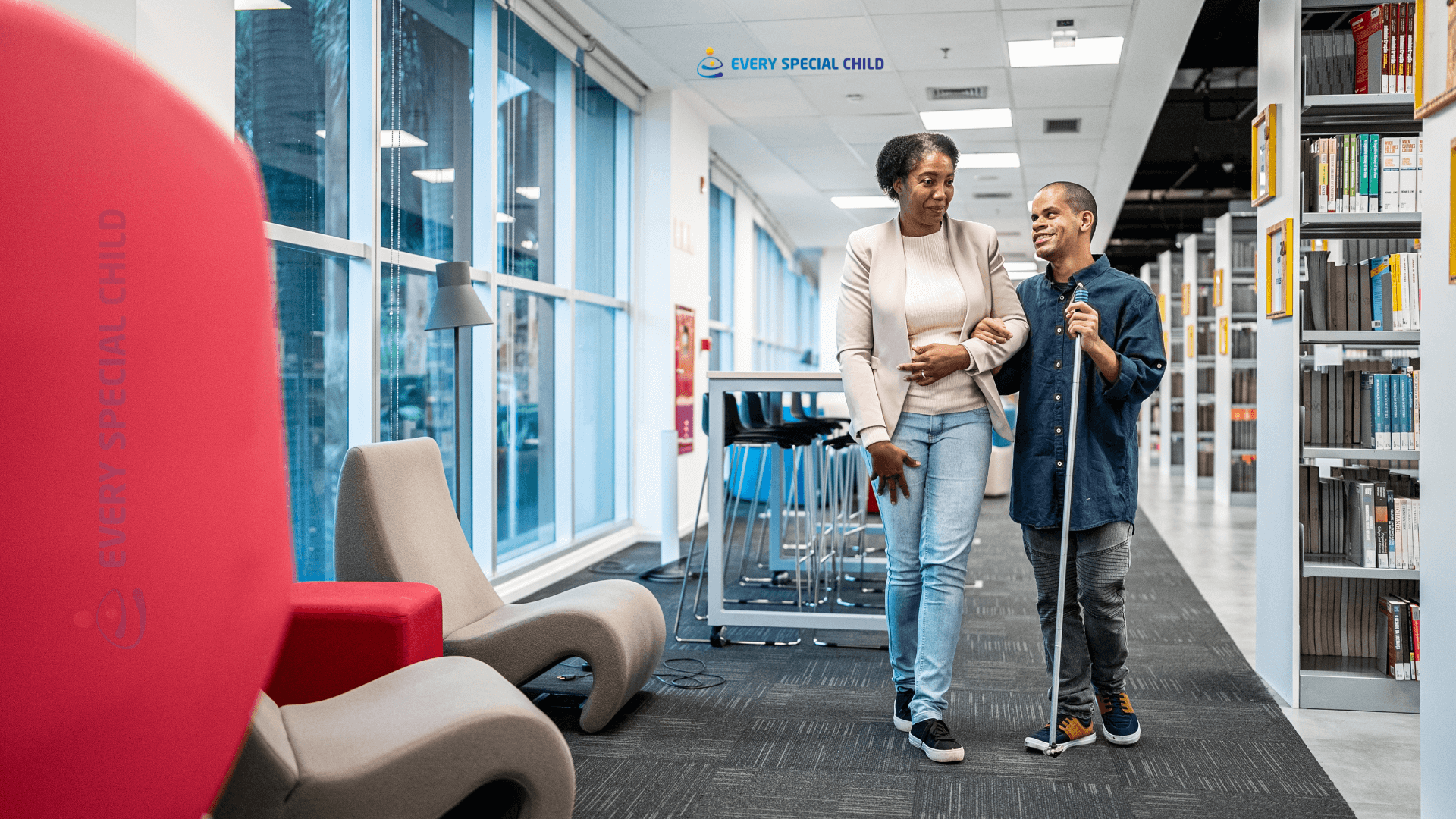
Visually Impaired Teachers Specialist Imagine a classroom where every student, regardless of ability, feels seen and supported. That’s the magic a Visually Impaired Teachers Specialist (VITS) brings to education. These professionals dedicate their expertise to ensuring visually impaired students receive equal learning opportunities. Their work goes beyond teaching—it’s about empowerment, accessibility, and inclusion. Apply Now
Who Are Visually Impaired Teachers and Specialists?
A Visually Impaired Teachers Specialist is an educator trained to teach students with partial or complete vision loss. They adapt learning materials, introduce assistive technologies, and design inclusive classrooms that allow visually impaired learners to thrive alongside their peers.
Importance of Their Role in Modern Education
In today’s diverse classrooms, inclusivity is no longer optional—it’s essential. Specialists in visual impairment play a pivotal role in making learning accessible and equitable. They help bridge the gap between traditional teaching methods and the needs of visually impaired students. Read another article.
Definition and Types of Visual Impairment
Visual impairment ranges from low vision to complete blindness. It can result from genetic conditions, injury, or disease. Educators must understand each student’s specific needs to design effective learning experiences.
Challenges Faced by Visually Impaired Individuals
From navigating hallways to accessing printed materials, visually impaired students encounter daily barriers. A specialist helps eliminate these challenges through strategic support, empathy, and adaptive teaching. See More
What They Do in the Classroom
These specialists modify classroom materials, use tactile tools, and ensure all visual content has accessible alternatives. They may also train sighted peers and teachers on inclusive practices.
Supporting Students with Visual Impairments
Beyond academics, specialists support emotional and social development. They teach students how to advocate for their needs and foster independence.
Collaboration with Other Educators
A VITS often collaborates with general educators, speech therapists, and parents to create a unified learning plan for each student.
Educational Background Requirements
Most specialists hold a degree in Special Education with a focus on visual impairment. Some pursue master’s programmes for advanced training.
Certification and Training Programs
Certifications vary by region but often include specialised training in Braille, Orientation and Mobility (O&M), and assistive technology.
Key Personal Skills for Success
Patience, empathy, adaptability, and excellent communication are must-have traits. These educators must also be tech-savvy and open to continuous learning.
Modifying Lesson Plans
Lessons are adapted to ensure accessibility—this might mean converting visual charts into tactile versions or using descriptive language for visual cues.
Using Assistive Technologies
From Braille embossers to text-to-speech software, assistive tools help bring lessons to life.
Creating Inclusive Learning Materials
Accessible textbooks, large-print resources, and audio-based learning materials are all part of the toolkit.
Screen Readers and Braille Displays
Programs like JAWS and NVDA help students read digital text aloud, while Braille displays translate on-screen text into Braille.
Audio Books and Tactile Graphics
These tools allow students to grasp visual concepts through touch and sound, enhancing comprehension.
Mobile Apps and Software Tools
Apps like Seeing AI, Be My Eyes, and VoiceOver on iOS are revolutionising learning accessibility.
Encouraging students to manage their learning independently is key. Specialists teach problem-solving skills and help build confidence through daily routines and success stories.
Even specialists themselves may be visually impaired. They face unique challenges such as inaccessible teaching platforms, limited resources, or societal bias—but their resilience often inspires students deeply.
Accessibility-Friendly Infrastructure
Simple changes like Braille signage, accessible tech tools, and proper lighting make a world of difference.
Inclusive Policies and Training
Schools must train staff in accessibility awareness and provide equal opportunities for visually impaired teachers.
Peer and Administrative Support
Encouragement and respect from colleagues foster a culture of inclusion and belonging.
Communication Strategies
Clear verbal instructions and descriptive explanations replace visual references.
Sensory-Based Learning Approaches
Incorporating touch, sound, and movement engages multiple senses for deeper learning.
Multisensory Engagement Techniques
Using music, textures, and sound effects turns lessons into immersive experiences.
Educational Laws Protecting the Visually Impaired
Acts such as the Individuals with Disabilities Education Act (IDEA) ensure all students receive a free and appropriate education.
Rights of Teachers and Students Under Disability Acts
Visually impaired educators are protected under disability rights laws that guarantee accessibility and non-discrimination.
Specialists can attend conferences, pursue advanced certifications, or participate in mentorship programmes to stay updated with evolving technologies and methods.
Employment Sectors and Job Roles
Visually Impaired Teachers Specialists can work in:
Growth and Advancement Potential
As awareness of inclusivity grows, demand for specialists continues to rise, offering long-term career stability and advancement.
Visually impaired teachers bring empathy, understanding, and resilience into classrooms. Their presence challenges stereotypes and motivates others to view disability not as a limitation but as a source of strength.